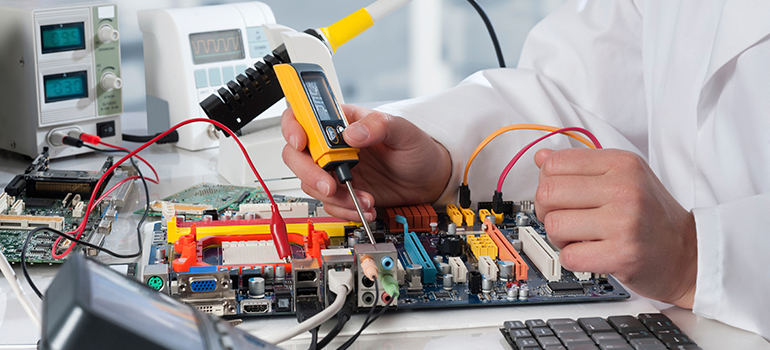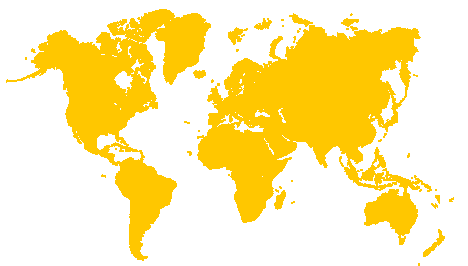Crude Oil: Demanding quality sampling and testing is not 'Crude' at all

Recent developments in the United States Shale regions have prompted a new, more defined focus by regulatory agencies on the produced materials from this region.
22 April 2014
No matter the test, the final laboratory data is only as good as the sample taken. Whether it's a coal sample, a grain sample, a core shale rock sample or a petroleum crude sample, the specific care taken during the sample procurement process can make the difference between great quality and poor quality data.
Let's stop and consider the inspection and certification business. An entire global industry exists based upon a client requesting services and the service company providing quality throughout the job. Quality is not limited to the laboratory. Instead, quality begins with the sample procurement: What is the product?; What is the sample source and what test will be run on the product?; How will the customer use the data?; Is the customer selling, processing and/or moving the product?
Recent developments in the United States Shale regions have prompted a new, more defined focus by regulatory agencies on the produced materials from this region. But why and how? Production of shale in these regions has reached record levels for natural gas and petroleum crude oil. Once produced, these products must be delivered to the market. Vast arrays of pipeline systems are used, but much of the crude oil production is moved manually by rail car trains, over the road trucks and marine vessels. In order to provide quantity and quality of the products, samples are taken throughout this process. It's imperative to understand the design of the sample source and the laboratory tests needed to run as they help determine the procedures and containers to be used in the procurement process. Examples of this include:
- Allocation of the Production in compliance with API and AGA
- Quality and Classification of the Products for Transportation purposes (US DOT, IATA and CCQTA)
- Design of the containers used to move and transport these products safely
- Quality for proper blending and refining of the products for final sales to the consumer
New developments within the industry require a look at the existing processes used to classify a crude oil for transportation. A review of the tests run and the procedures used to secure the samples is underway. Laboratory technology continues to change and improve. New methods have been developed to increase the accuracy of data. As these new test methods are developed, third-party laboratories must ensure that they also are using the best possible options for sample procurement.
Think about the processes implemented to get crude oil from the reservoir, through the well and production process, to the refinery and (ultimately) to the consumer. What questions do you have about quality and safety as related to this topic? Please leave a comment below and one of our experts will get back to you.
Today's expert blogger is Louis Ory, Oil and Gas Technical Sales and Operations Lead for Intertek. Louis has been with Intertek for more than 20 years and works from the St. Rose, Louisiana office.
Tags: 2014 | Louis Ory | Oil and Gas

Louis Ory,
Oil and Gas Technical Sales and Operations Lead, Intertek


